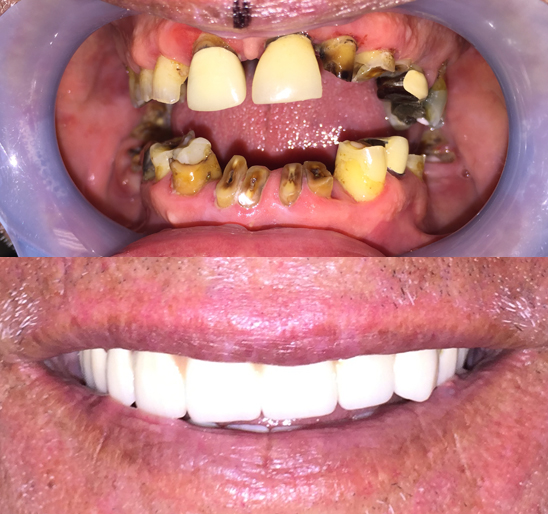Our VIP Plan offers a 15% discount on all services, including Ceramic Zirconia implants ranging from single implants to full arch solutions. in addition we will beat any Verified quote by 5%.
Silver fillings were considerably more prevalent in the 1970s and 1980s than they are now. People may now use composite fillings, which are designed to appear and feel like natural teeth, instead of having a mouth full of visible metal fillings, thanks to current technology. Composite fillings are made out of a glass and silica filler combination and are often utilized on the rear and front teeth.

A composite (tooth-colored) filling is used to treat a tooth that has decay, fissures, fractures, and other issues. The decaying or impacted area of the tooth will be removed, and a composite filling will be placed in its place.
When offered the choice between amalgam and tooth-like composite fillings, most patients prefer composite fillings because of their natural look.
Earlier, dentistry sought to make tougher teeth by replacing broken or decaying teeth with extremely resistant and hard materials. However, by enabling further deterioration and fracture to occur, these stiff materials will lead to further degradation. Modern dentistry looks to nature for inspiration, always looking for materials that closely resemble the natural form and function of our teeth. This unique blend of art and science focuses on restoring the tooth's original function and internal structure. With composite fillings, the tooth is rebuilt in whole or in part using materials that react like a healthy tooth.























































Open Hours
Mon - Thur, 9AM to 6PMCall
(858) 779-9292Text
(858) 951-8686Address
16516 Bernardo Center Dr # 210, San Diego, CA 92128
Social